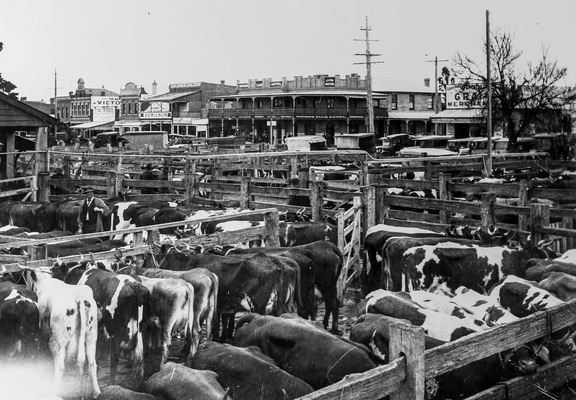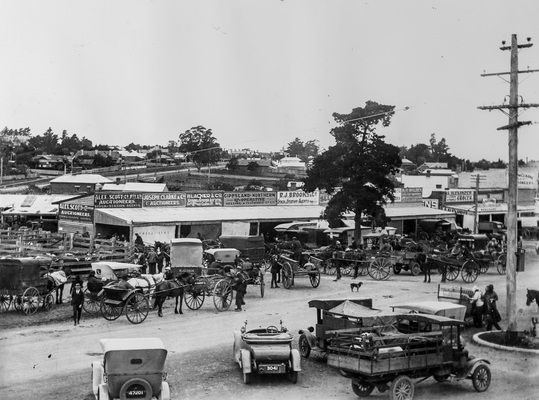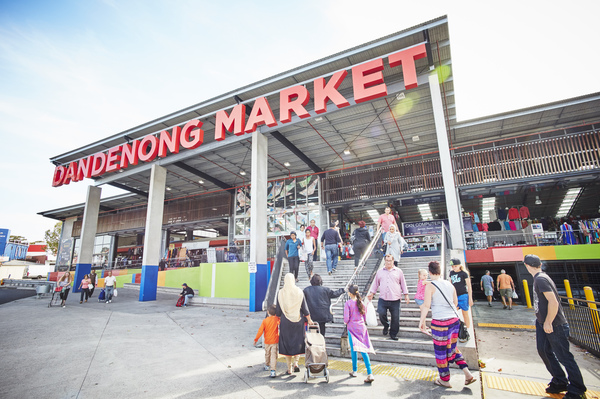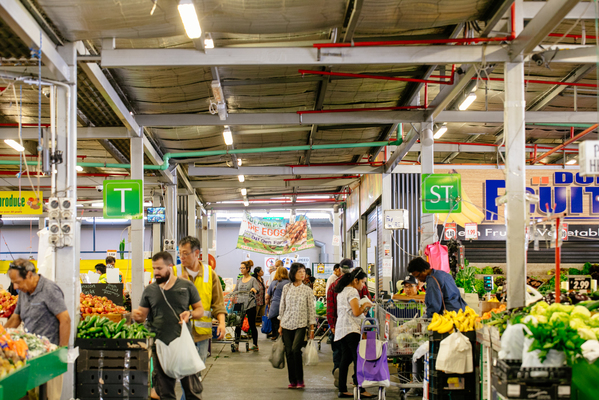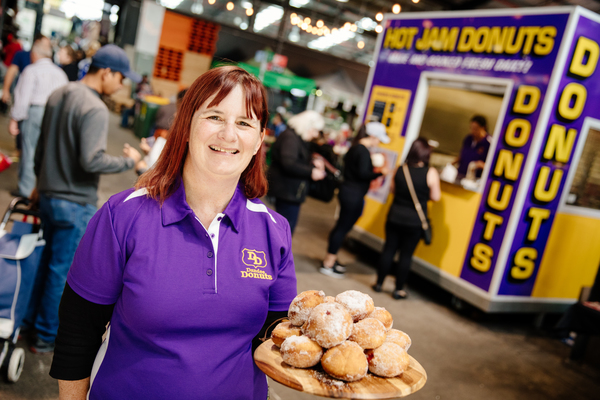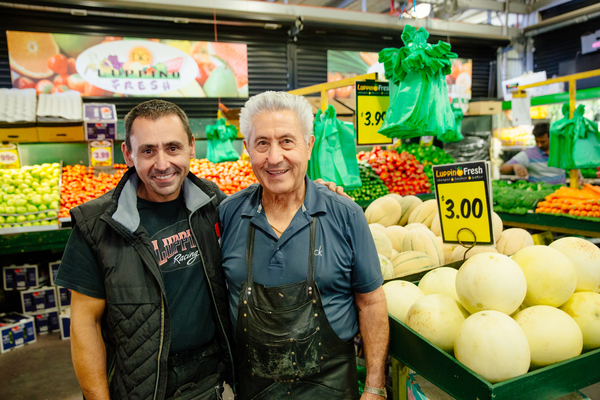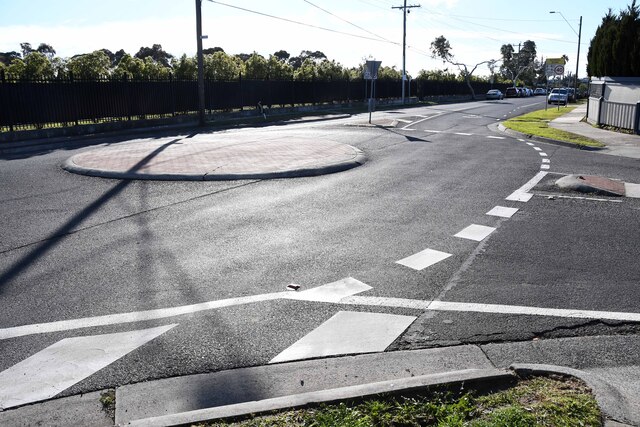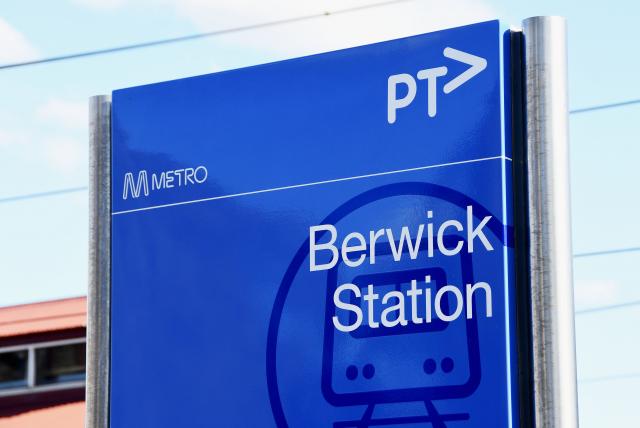
By Narelle Coulter
‘The weekly market for the sale of horses, cows, pigs, poultry, etc., has been commenced at Dandenong, at the newly erected market yards there.’
With that small newspaper notice published on Saturday 27 October 1866, the Dandenong Market was born.
In the book Dandenong Market Fresh and Vibrant Since 1866, author Michael Schmith writes: “That spring Saturday in October, although it is still not known for certain if it was the actual first trading day, was Dandenong’s defining moment: when its transition from township to market town was assured, confident it would augur well for its future.”
By 1870 when the market began operating weekly, it attracted about 300 vendors, including general merchandisers making the journey from Melbourne.
In ensuing years the original market site quickly became crowded forcing the council to look at the long-term future of the market.
In 1890 the council purchased the Grange Estate, a 13-acre site in Clow Street. However, it would be nearly 40 years before the market moved to its new home.
Former Dandenong mayor Maurie Jarvis wrote of about cattle being driven through the streets of Dandenong by “whip-cracking horsemen”.
“Sometimes I would wag school to spend time at the market, which was then located on Main Street (now Lonsdale Street) from Clow Street to the rear of the post office.
“Cattle pens ran back from the footpath on the east side and a fresh produce section ran along the wide footpaths.
“Every Tuesday, drovers and cattle dealers would drive a fairly large mob through the railway gates at the end of Pickett Street, along Railway Parade to Hemming Street and Close Street and across the highway to the market entry in the McCrae Street area.
“A horseman would gallop up each footpath, closing the gates in the mainly picket fences, while residents and children watched the scene through the fences and windows.”
It took until 1927 for the council to move the market from its small one-acre site on the corner of Lonsdale and McCrae streets to a much larger site on the corner of Clow and Cleeland streets.
The Lonsdale Street site had become a severe health risk.
“The combination of livestock in the middle of town, open drains carrying sewage and garbage, and a stench described as almost unbearable, was a health threat that could no longer be ignored,’ wrote Mr Schmith.
The council borrowed £4000 and moved the market in stages officially opening it in October 1927.
A Journal report written the same year notes that “the range of stalls included fruit, vegetables, confectionary, nursery products, books, fancy goods, flowers, drapery, fish, meat, rabbits, hosiery, clothing, sewing machines, boots and shoes, leather and leather ware, ironmongery, chemists, goods, soft goods, groceries, whips, smallgoods, furniture and sundries”.
During World War II the market site and the adjoining showgrounds were taken over by the military as an AIF training camp.
From early June 1940, all of the produce sections, including the poultry section, had been converted into sleeping quarters for recruits – more than 1000 men.
In 1950 the Argus reported that “Dandenong’s stock market, at present in the centre of the town, is to be moved to near the railway station at a cost of £100,000 pounds.
“Dandenong Market is regarded as the biggest general market in Australia, but the present yards are quite inadequate.
“It is considered that many Gippsland graziers who at present send their stock to Newmarket will patronise Dandenong when the new yards are built.”
The stock and produce markets were split in 1958 when the new cattle yards in Cheltenham Road were opened on 13 January.
Cattle were bought and sold at the site until December 1998 when the yards were finally closed.
Several hundred people attended a commemorative stockman’s barbecue in one of the sale sheds. A cow was painted with the words RIP Dandenong at the final sale.
The surviving market underwent major revitalisation in the first decade of the new millennium.
Stage one (March 2005 to October 2006) included a new Aldi store, a loading dock and new waste areas. Stage two (January 2009 to April 2010) included a new general merchandise hall, as well as conversion of the existing general merchandise hall to create a meat, fish and chicken area.
Last year the market celebrated its 150th anniversary with the commissioning of a commemorative book, mural and sculpture.
Today the market is home to more than 200 traders. It attracts 100,000 visitors a week or 5.2 million visitors a year.




